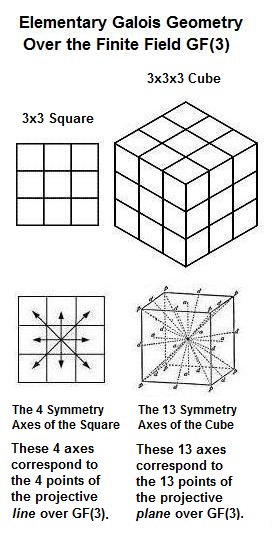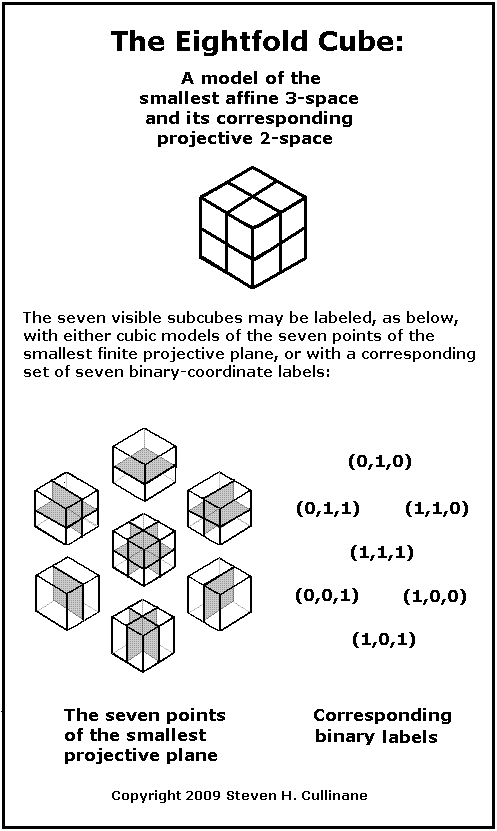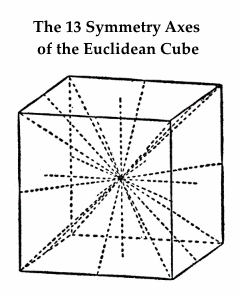From Psychoanalytic Aesthetics: The British School ,
by Nicola Glover, Chapter 4 —
|
In his last theoretical book, Attention and Interpretation (1970), Bion has clearly cast off the mathematical and scientific scaffolding of his earlier writings and moved into the aesthetic and mystical domain. He builds upon the central role of aesthetic intuition and the Keats's notion of the 'Language of Achievement', which
… includes language that is both Bion distinguishes it from the kind of language which is a substitute for thought and action, a blocking of achievement which is lies [sic ] in the realm of 'preconception' – mindlessness as opposed to mindfulness. The articulation of this language is possible only through love and gratitude; the forces of envy and greed are inimical to it.. This language is expressed only by one who has cast off the 'bondage of memory and desire'. He advised analysts (and this has caused a certain amount of controversy) to free themselves from the tyranny of the past and the future; for Bion believed that in order to make deep contact with the patient's unconscious the analyst must rid himself of all preconceptions about his patient – this superhuman task means abandoning even the desire to cure . The analyst should suspend memories of past experiences with his patient which could act as restricting the evolution of truth. The task of the analyst is to patiently 'wait for a pattern to emerge'. For as T.S. Eliot recognised in Four Quartets , 'only by the form, the pattern / Can words or music reach/ The stillness'.30. The poet also understood that 'knowledge' (in Bion's sense of it designating a 'preconception' which blocks thought, as opposed to his designation of a 'pre -conception' which awaits its sensory realisation), 'imposes a pattern and falsifies'
For the pattern is new in every moment The analyst, by freeing himself from the 'enchainment to past and future', casts off the arbitrary pattern and waits for new aesthetic form to emerge, which will (it is hoped) transform the content of the analytic encounter. 29. Attention and Interpretation (Tavistock, 1970), p. 125 30. Collected Poems (Faber, 1985), p. 194. 31. Ibid., p. 199. |
See also the previous posts now tagged Bion.
Preconception as mindlessness is illustrated by Rubik's cube, and
"pre -conception" as mindfulness is illustrated by n×n×n Froebel cubes
for n= 1, 2, 3, 4.
Suitably coordinatized, the Froebel cubes become Galois cubes,
and illustrate a new approach to the mathematics of space .




































